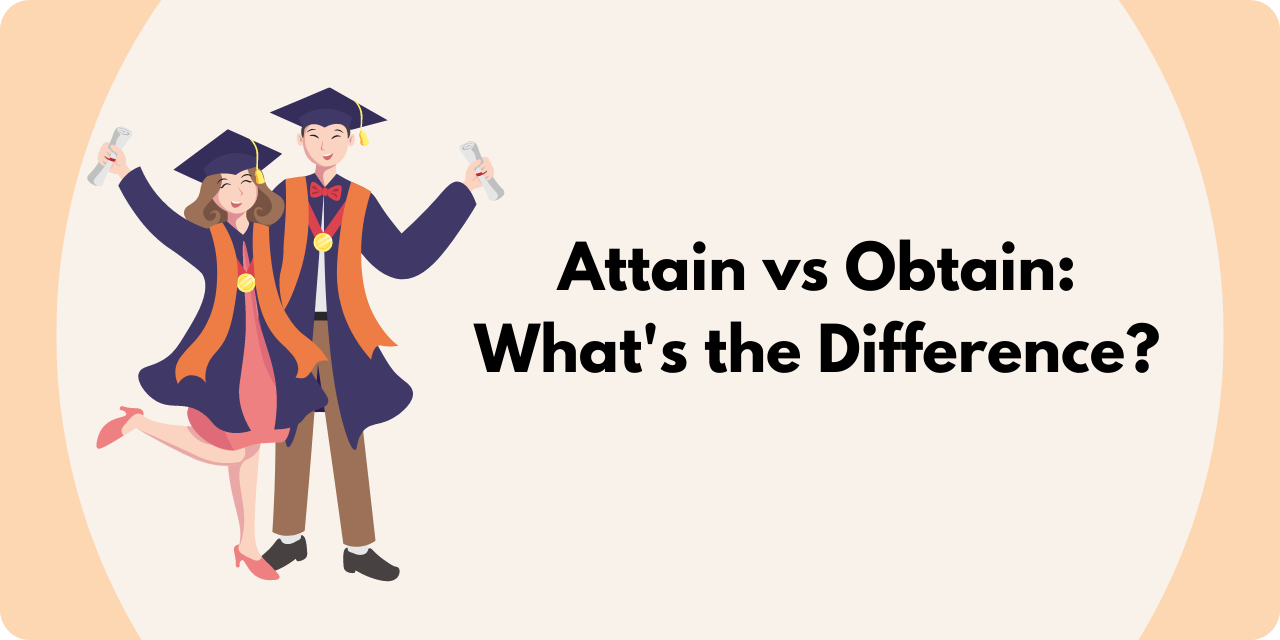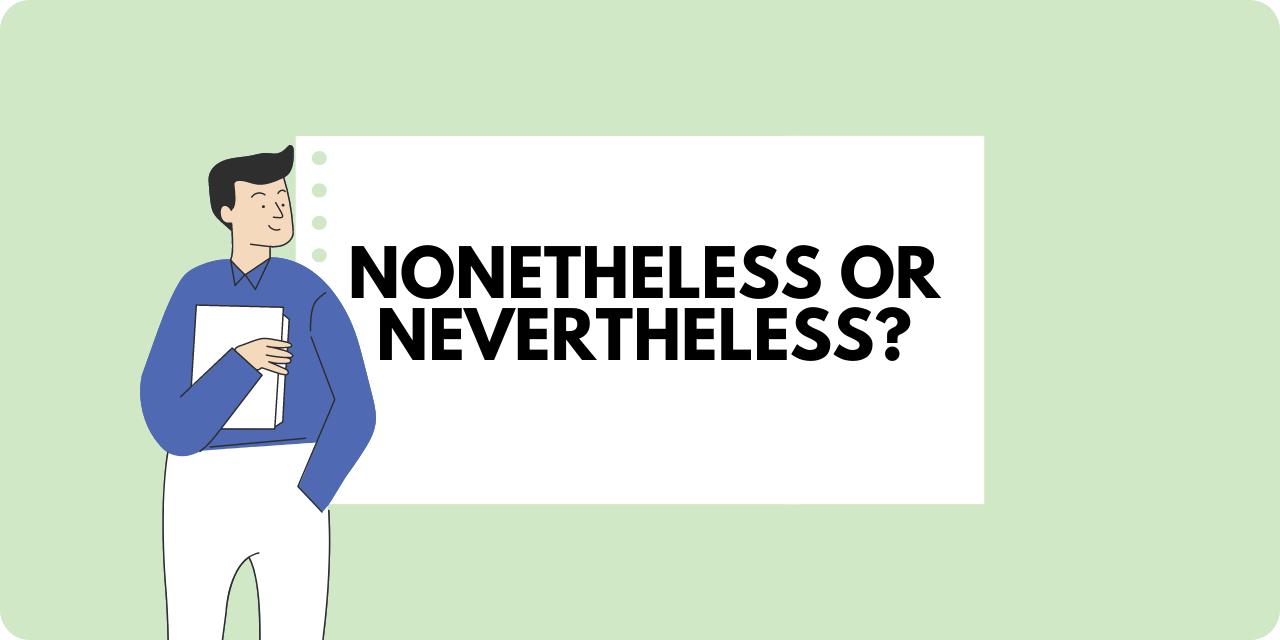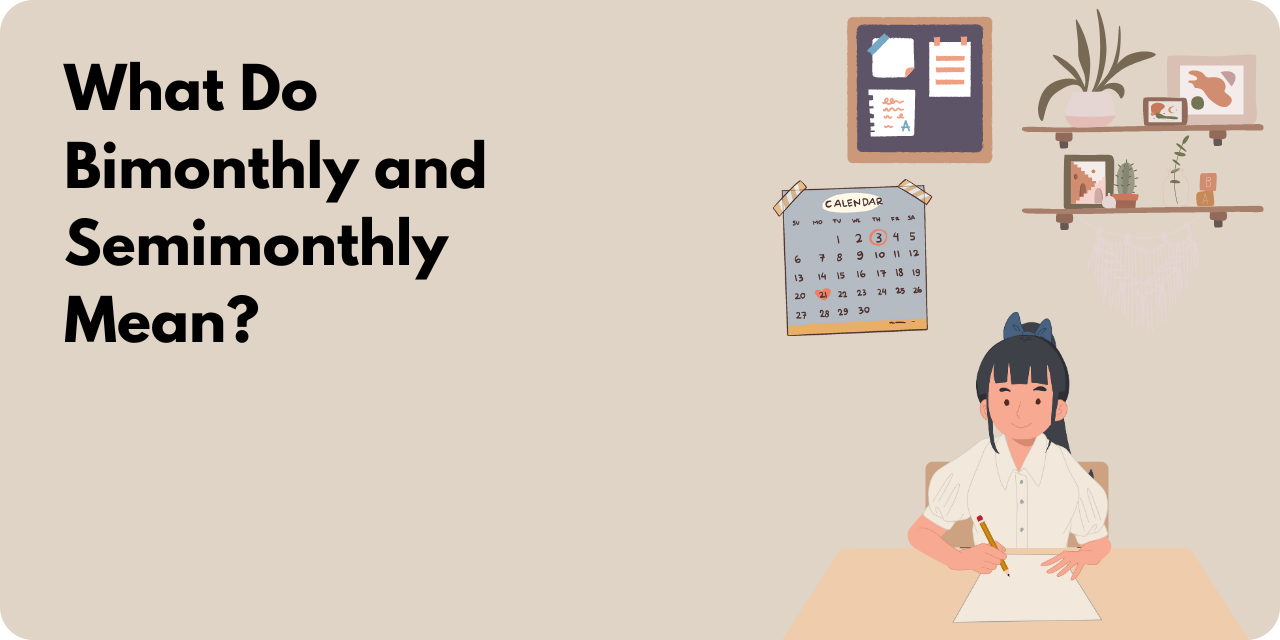All the English language’s mystifying, vague, and even contradictory quirks are a large part of what makes it interesting. These peculiarities can make it frustrating sometimes or delightful and challenging if you embrace the right mindset. Still, we can agree that cutting through the confusion is an integral part of learning any language, English included. Looking at all of the confusing words and rules, you may notice that some of them aren’t confusing at all. This is the case with imbed and embed. The minor difference in spelling could suggest that these words have different definitions—but they actually don’t.
Imbed and Embed – The Difference (Is There?)
Let’s state this right from the start for anyone looking for quick information: there is no difference between imbed and embed. They’re just unique spellings of the same word; there is no difference in their meaning, and they are both entirely correct for use. Although, embed is a much more familiar spelling today, which is a fact that created the opinion that you can use “embedded” but you can’t use “imbedded.” Of course, you can write both or choose to use the embed spelling and its derivatives if you’re not too keen to float against the current.
How to Use Embed/Imbed
Embed, which is pronounced em-BED, or imbed, pronounced im-BED, is a verb that can be written in a couple different ways: To firmly place something in a surrounding group or environment:
“Imbedding shapes in handmade soap is not new. Simple geometric shapes are familiar. But Wild Mountain owners Martha and Phil Neelish wanted to imbed a design much more detailed—the State of West Virginia.” —The Washington Times
“To embed just a couple of lines of a Shakespeare verse in a 16-year-old mind in hopes that at some time in the future it may detonate is still surely one of the noblest objectives of education.” —The Guardian
To make something a critical part of a larger whole: “But nowhere do policymakers or instructors have any ready answers about how to embed global competence into schools and learning.” —BBC
“I share their complex preoccupation with authenticity and timeworn texture, two qualities I’ve worked to imbed in my own homes.” —The Observer
Embed and Imbed: The Origin of the Division
So you see, you can readily find examples of both spellings online. It’s not very different in literature:
“As an act fades into the past and becomes imbedded in the web of a person’s individuality, it seems more and more to be a product of fate—inescapable.” —Sylvia Plath, The Unabridged Journals of Sylvia Plath
“Billy had a paperweight in his office which was a lump of polished amber with three ladybugs embedded into it.” —Kurt Vonnegut, Slaughterhouse-Five
Evidence points to both spellings being in peaceful coexistence since around the late eighteenth century. The “imbed” spelling first emerged in print in 1778, while “embed” was found in a book written in 1794.
The prefix im- , which is employed to form “imbed,” is a standard substitution for the prefix in- when it’s linked to words that begin with “b” (imbue), “p” (import), or “m” (immaculate). In “imbed,” however, something different happens—the prefix im- replaces the prefix em-.
The prefix em-, itself, a replacement for the prefix en-, arrived into Middle English from Old French, and ever since the fourteenth century, has been periodically used instead of in- (im-). The substitution occurs the other way around, too. That’s why nowadays we have words like “enquire” and “inquire,” which have extremely little—if any—difference in meaning, even though they are spelled differently. However, in some cases, a difference in meaning did develop, as with “ensure” and “insure.” But the definition remained the same for embed and imbed, even though the spelling variant starting with E has become predominant.






